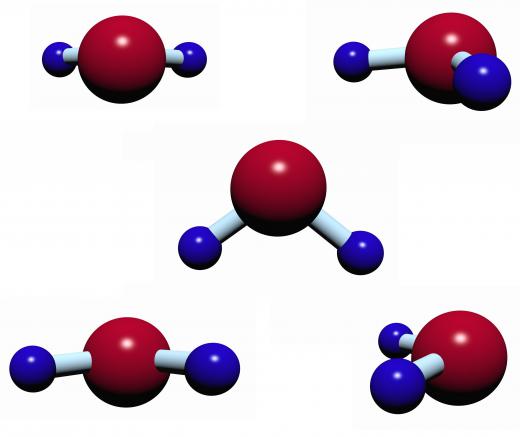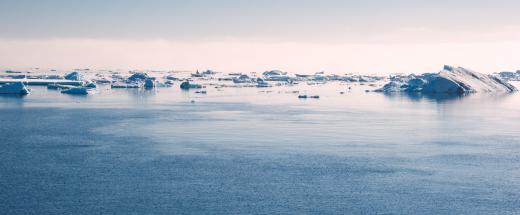What is Lake Vostok?
 Michael Anissimov
Michael Anissimov
Lake Vostok is a remote subglacial lake in Antarctica. Located using ice-penetrating radar, Lake Vostok is more than two miles (4000 m, 13,000 ft) below the central Antarctic ice sheet, only a few hundred miles away from the South Pole. Like other lakes, it is composed of fresh water, and even contains a small island. It is 50 km wide by 250 km long at its widest, comparable in size to Lake Ontario. Lake Vostok is the largest of at least 140 subglacial lakes in Antarctica.
Scientists estimate that Lake Vostok has been sealed underneath the Antarctic ice cap for between 500,000 and over a million years. Its water is thus extremely old, in contrast to typical lakes, where water is continuously being recycled, and any given water molecule only resides in the lake for around six years. Lake Vostok has been called “the most unspoiled lake on Earth.”

Lake Vostok has an estimated temperature of −3 °C, a few degrees below freezing, but remains a liquid because of the immense pressure of the ice above it. Lake Vostok is also known to be a supersaturated oxygen environment, with oxygen levels 50 times higher than typical lakes on the surface. If the lake contains microbial life, as is suspected, it would need special adaptations to survive in such an oxygen-rich environment. It would also have a gene pool isolated for over a million years, a tantalizing possibility for biologists. Discovery of life in Lake Vostok would also provide evidence for the hypothesis that life could survive in the subglacial oceans of the Jovian moon Europa.

In 1998, an international team of scientists working at the Russian Vostok Station, right above the lake, produced one of the world’s longest ice cores. They stopped their drilling only 300 feet (120 m) above the suspected boundary between the lake water and the glacier above it. This was to prevent the 50 ton column of Freon and aviation fuel used to prevent the bore hole from freezing over from contaminating the lake, but also to protect the scientists doing the drilling from a catastrophic explosion caused by pressure release. Lake Vostok is under such high pressure that a hole could produce a geyser hundreds of feet tall, destroying any research station at the surface, and contaminate the lake with surface microbes.
Plans are underway at the Jet Propulsion Laboratory to develop and deploy a cryobot, an autonomous robot whose purpose would be to melt through the ice, deploying a communications and power cable as it goes, then deploying a hydrobot upon reaching the lake, which would then search it for life.
AS FEATURED ON:
AS FEATURED ON:












Discuss this Article
Post your comments